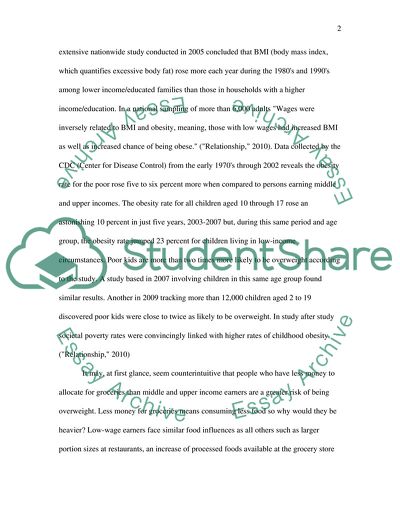Cite this document
(Income Inequality Affects Health Outcomes Literature review, n.d.)
Income Inequality Affects Health Outcomes Literature review. https://studentshare.org/social-science/1847149-reseach-paper
Income Inequality Affects Health Outcomes Literature review. https://studentshare.org/social-science/1847149-reseach-paper
(Income Inequality Affects Health Outcomes Literature Review)
Income Inequality Affects Health Outcomes Literature Review. https://studentshare.org/social-science/1847149-reseach-paper.
Income Inequality Affects Health Outcomes Literature Review. https://studentshare.org/social-science/1847149-reseach-paper.
“Income Inequality Affects Health Outcomes Literature Review”. https://studentshare.org/social-science/1847149-reseach-paper.


